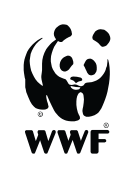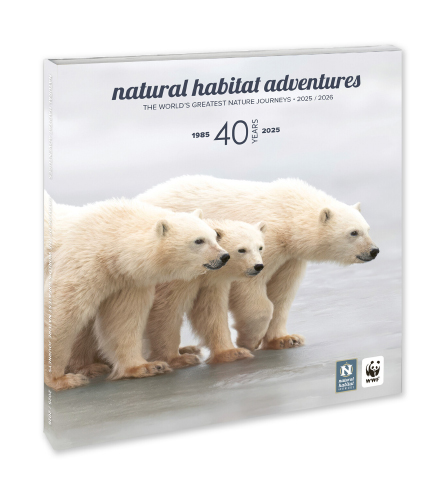Know Before You Go
Bearded Seal Facts | Greenland Wildlife Guide
The bearded seal is a primary food source for polar bears and for the Inuit who live along the Arctic coast. Holding a place of esteem in Inuit culture, the native name for the seal is ugyuk or oogrook, and its skin is used to cover the traditional open wooden-frame boat known as an umiak. The bearded seal gets its generic name, Erignathus barbatus, from Greek and Latin words that refer to its heavy jaw. In addition, the seal’s name refers to its most characteristic feature: conspicuous and abundant whiskers.
Physical Characteristics
Entirely gray, with a darker back and dappled in tiny, dark spots, bearded seals are big animals; males and females measure more than 7 feet long and weigh approximately 570 pounds. As their name indicates, bearded seals have elongated whiskers covering their chin and nose. Bearded seals share some characteristics with monk seals. Most seals have beaded whiskers, but both bearded and monk seals have smooth whiskers. And, while other seals have two nipples, bearded and monk seals both have four.
Habitat & Feeding Habits
Bearded seals are found in many of the same circumpolar regions as ringed seals, primarily inhabiting shallow waters in the Arctic and subarctic. They also live along the islands and coasts of Europe, Asia and America. It is estimated that there are 500,000 to 1 million bearded seals on the planet.
Bearded seals eat a variety of small prey, including bottom-dwelling mollusks, crustaceans, clams, sea cucumbers, squid and fish.
Pups
Newborn seal pups have fine gray-brown hairs with dabbles of white on the head and back. From mid-March to early May, pups are born on the thick pack ice. A mother’s lactation period lasts between 12 and 18 days.


























